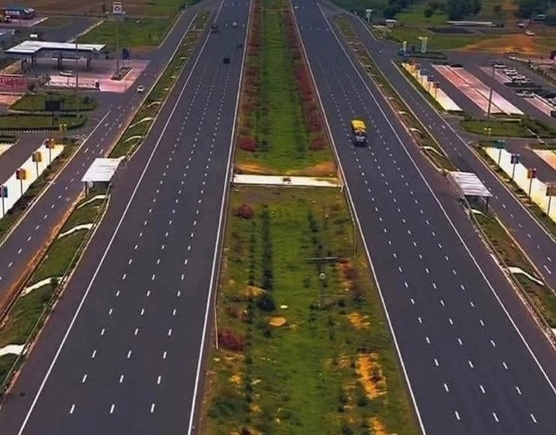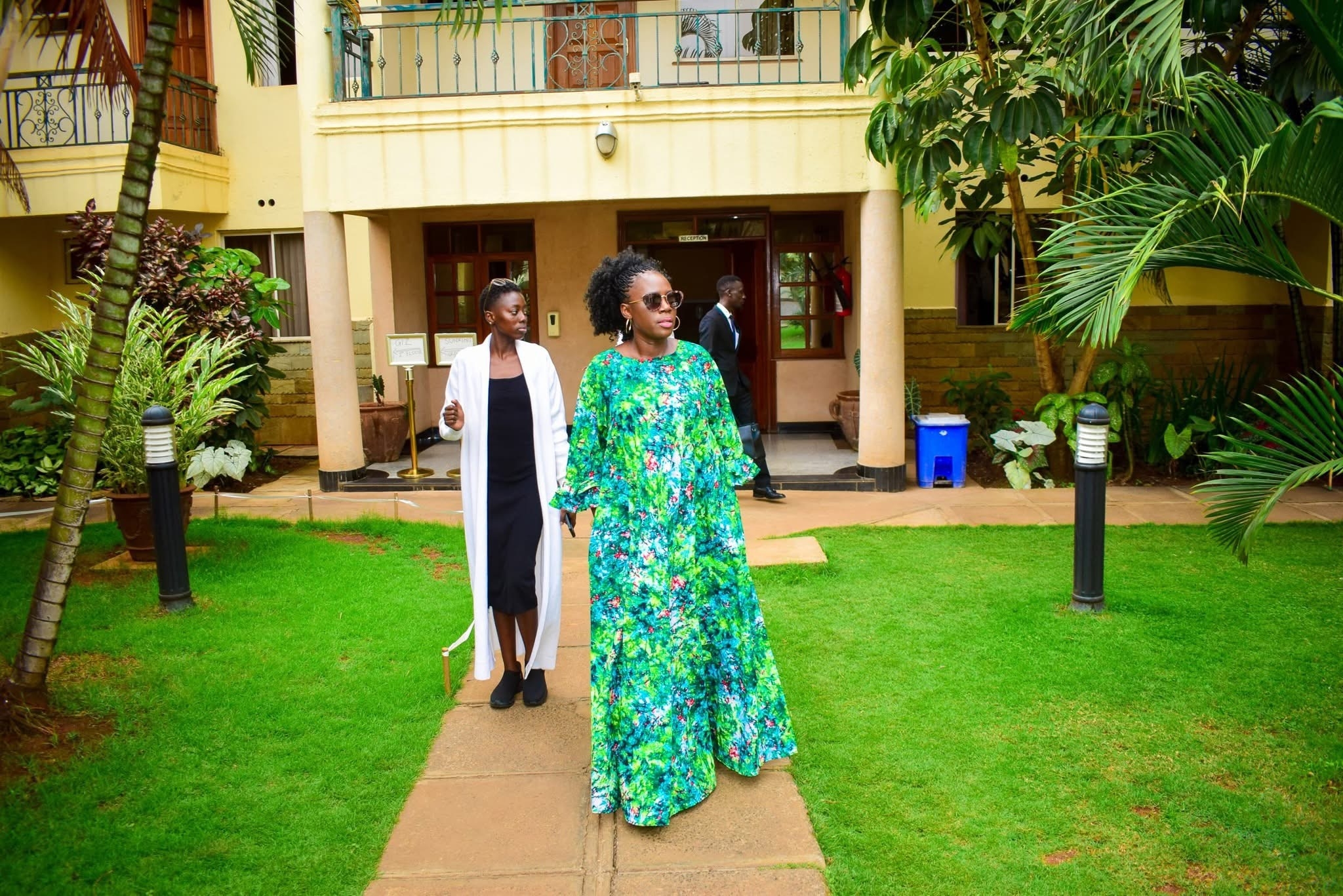Like any other resident of our capital city, I have often had to go to extraordinary lengths to secure a regular supply of fresh water amidst the routine water shortages that plague Nairobi. So, I was relieved to read that the Northern Collector Tunnel is virtually complete.
For the benefit of those who do not have any particular interest in public infrastructure, I should explain that this tunnel will bring an estimated additional 140 million litres of water to Nairobi daily.
The tunnel will receive water from various rivers in Murang'a county; channel the water into the giant Ndakaini dam; and from there, lifegiving water will flow to Nairobi, Machakos, Kajiado and Kiambu counties, as well as to other parts of Murang'a itself.
In effect, when fully operational, this multibillion-shilling project is expected to put an end to the perennial water shortages we have endured for decades here in Nairobi.
But there is a question that we must pose: how exactly will the people of Murang'a benefit from this utilisation of their “environmental asset”?
At this point, a definition of ‘environmental assets’ is in order:
Well, one useful definition I found, using an AI-enabled search programme, has it that the term environmental asset refers to “naturally occurring living and non-living components of the Earth that together comprise the biophysical environment and deliver ecosystem services benefiting current and future generations.”
Those last words are the most important: “ecosystem services benefiting current and future generations.”
The water pouring out of our taps in Nairobi requires both complex natural ecosystems and man-made infrastructure, that together serve to accumulate the water in the Central Highlands streams and rivulets, into ever larger rivers that ultimately send this water into a man-made water collection and dispersal system.
But while the central government may have paid for the development of this water-supplying infrastructure, the water originates from Murang'a and, as such, deserves to be considered an environmental asset of that county. And it is an asset that should properly yield dividends to the county.
There is a prominent example of a county that has been allowed to profit fully from its environmental assets: the Narok county government, which has control over revenues accrued from the entry tickets to the Maasai Mara Game Reserve.
Technically, the wild animals in the Maasai Mara which tourists pay to view, do not belong to the people of that county. They belong to all of us, even those among us who have never had the opportunity to visit this magnificent game park.
But if you ask, “Who owns the land over which these animals roam?”, then it is not so easy to answer this. For although the park falls into what is known to be ancestral Maasai land, it may well be that it is government land. But all the local Maasai whom I have ever asked have invariably assured me with great certainty that this land belongs to them.
In any case, what is certain is that the park is managed by the Narok county government. And that the Maasai Mara is the resource that leads to Narok being a county which routinely excels when it comes to “internally sourced revenues.”
This arrangement makes it possible to persuade the local Maasai communities to value the wildlife found in that county, as the game park has proven to be an income-generating asset.
In Murang'a, what we have is not wild animals and scenic vistas drawing in tourists, but something far more fundamental: a supply of fresh water adequate for our largest city and surrounding counties.
It is well established that, unless “upstream communities” are incentivised to conserve streams and rivers, such valuable sources of clean water eventually dry up.
And just as the revenues from tourism ensure that the Maasai communities of Narok will continue to value and conserve the wildlife within that county, so too are some clear financial benefits needed, if the people of Murang'a are to be persuaded to allow those streams and rivers to continue to flow down to the Ndakaini dam in perpetuity.












